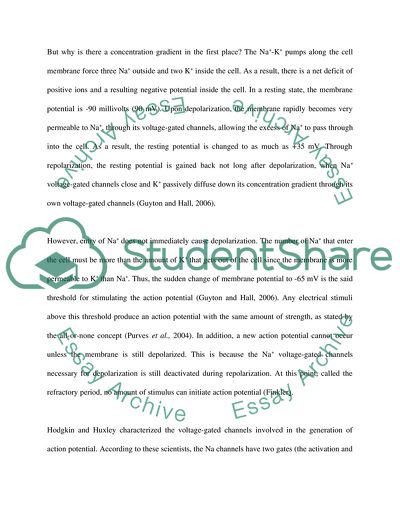Cite this document
(Computer Simulation of Action Potentials in Squid Axon Essay, n.d.)
Computer Simulation of Action Potentials in Squid Axon Essay. https://studentshare.org/biology/1764096-computer-simulation-of-action-potentials-in-squid-axon-human-physiology-biosciences
Computer Simulation of Action Potentials in Squid Axon Essay. https://studentshare.org/biology/1764096-computer-simulation-of-action-potentials-in-squid-axon-human-physiology-biosciences
(Computer Simulation of Action Potentials in Squid Axon Essay)
Computer Simulation of Action Potentials in Squid Axon Essay. https://studentshare.org/biology/1764096-computer-simulation-of-action-potentials-in-squid-axon-human-physiology-biosciences.
Computer Simulation of Action Potentials in Squid Axon Essay. https://studentshare.org/biology/1764096-computer-simulation-of-action-potentials-in-squid-axon-human-physiology-biosciences.
“Computer Simulation of Action Potentials in Squid Axon Essay”. https://studentshare.org/biology/1764096-computer-simulation-of-action-potentials-in-squid-axon-human-physiology-biosciences.


